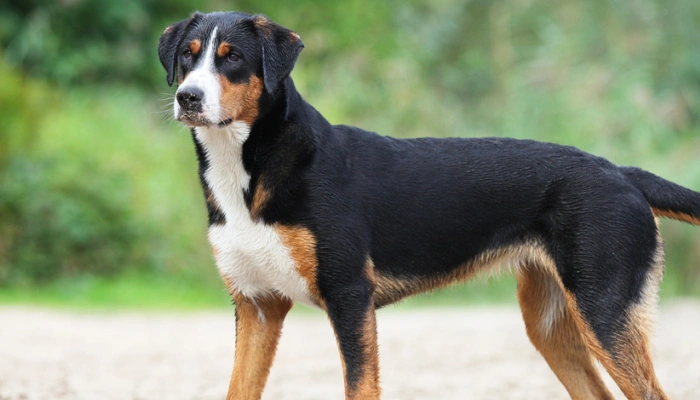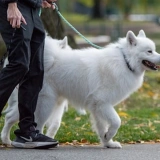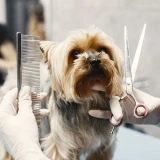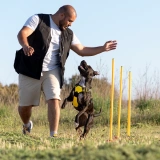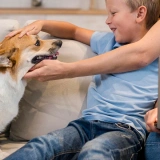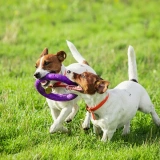Appenzeller Sennenhunds are confident and determined, with a strong will and natural suspicion toward outsiders. Early training and socialization are essential to guide their protective instincts and reduce reactivity. They excel in obedience, agility, herding trials, and other structured activities that engage their sharp minds.
Their short double coat is weather-resistant and requires minimal grooming—just weekly brushing and more frequent care during seasonal shedding. Common health concerns include hip dysplasia, elbow dysplasia, and eye issues. This is a breed that needs a clear job, routine, and physical outlet to avoid destructive behaviors.

